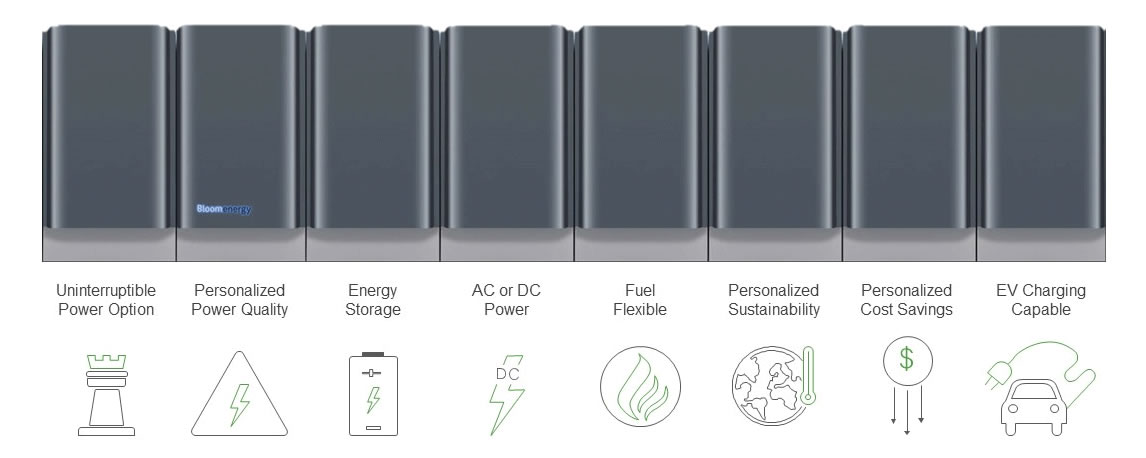What happened
Shares of Bloom Energy (BE +0.49%) fell more than 25% last year, according to data provided by S&P Global Market Intelligence. It could have been much worse. The fuel cell stock was down nearly 80% year to date as late as October but rallied on strong third-quarter 2019 operating results in November. For comparison, the S&P 500 gained 28.8% in 2019.
Bloom Energy took the opportunity to calm nervous investors and refute short-seller reports when it announced third-quarter 2019 operating results. Retiring CFO Randy Furr made it clear that the business was on sound financial footing, while a solid quarterly performance provided optimism that the company could become profitable if it continues to scale.

Image source: Getty Images.
So what
Overall, it was a difficult first full year on the stock market for the fuel cell developer. Revenue grew handsomely, but operating losses piled up. Important new customers and partnerships were announced, but questions arose over the company's ability to pay off debts maturing in the near future.
That said, if the business can maintain progress achieved in the second half of the year, then Bloom Energy might be able to live up to its lofty potential as a growth stock. In the third quarter of 2019, revenue jumped 23% and gross profit increased 129% compared to the year-ago period. Operating loss shrank from $66.1 million to $24.6 million in that span.
Increased manufacturing scale and reduced material costs were significant factors in reducing the cost of goods sold. Therefore, if the results can be replicated and built upon, then Bloom Energy might have considerable room to continue improving operating losses.
Now what
To be blunt, there's still a long way to go for the fuel cell developer. The business exited the third quarter of 2019 with annualized operating losses of $100 million, which is far from sustainable. But it's possible that increasing manufacturing scale and a next-generation product launch just over the horizon can further reduce costs, perhaps more rapidly than many analysts currently expect.






